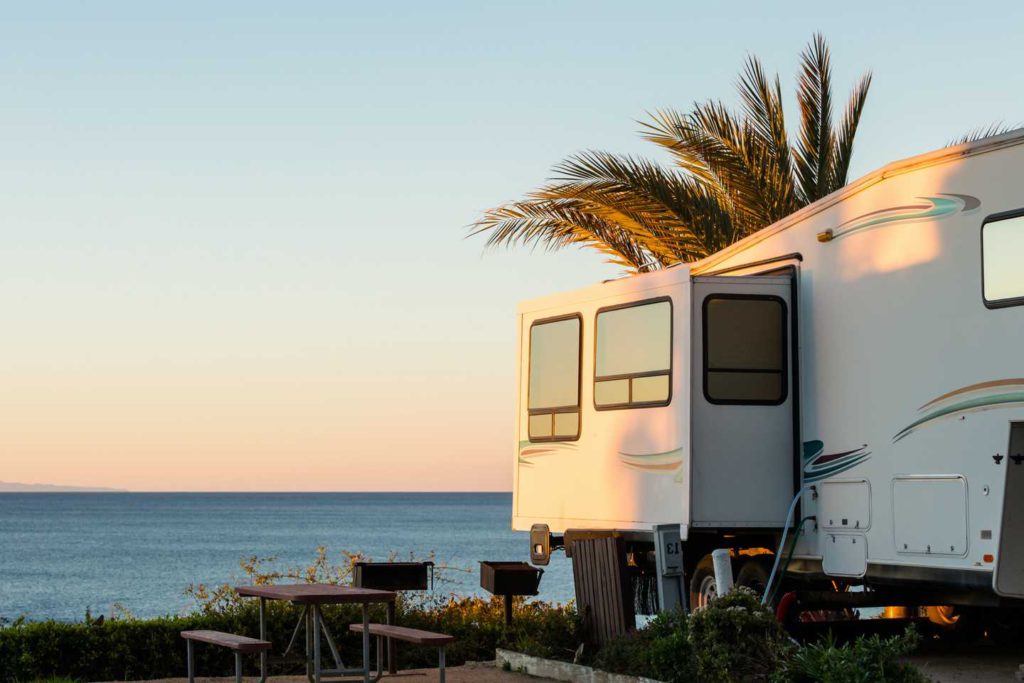Although much of the travel industry has been hit hard by Covid-19, the RV industry has shown a strong resiliency and a surge in production. While people are still shunning public transportation, more are viewing the RV as a way to be outside and view the world in a secure environment in which they can feel safe. According to RVshare, bookings for RV rentals were up 30 percent in May compared to the same time period last year. If you are an RV owner, chances are you are renting it out to other people during the upcoming months or you are contemplating making that move.
If you are one of the thousands who are flocking to the RV rental world, it is crucial that you keep your vehicle sanitized and clean for the health of you, your family and renters who are dipping their toes back into the travel pond.
Because the virus can live on certain types of surfaces for several hours, it is critical to clean and disinfect RVs often, with special effort paid between times of use. You do not want a rental to test positive for the virus because you did not clean well enough after your last guest.
The CDC recommends you limit access to your RV for a minimum of 24–72 hours after each use to give enough time to clean and sanitize. The following cleaning guidelines are based on the CDC’s guidelines:
- Wear disposable gear while you clean (gloves, face masks). If you wear gloves, throw them out after each cleaning and wash your hands.
- Ventilate rooms while you clean by leaving the windows and door open.
- Wash your hands thoroughly before and after each cleaning. Use soap and water, and wash for at least 20 seconds.
- Use detergent or soap and water to remove dirt, grease, dust, and germs. Once the surface is clean, spray with a disinfectant.
- Don’t touch your face while cleaning (wearing a face mask can help prevent this).
- Wash all linens at the highest heat setting recommended by the manufacturer. This includes: bedsheets, mattress covers, towels, and blankets.
- While restocking your supplies, take a moment to check expiration dates. And remember to never mix household bleach with ammonia or any other cleaning solution that can release toxic gases that are dangerous to inhale.
- Line your trash cans to make it easier to dispose of waste.
- Once you are done cleaning, immediately take out the trash if it contains cleaning supplies like used paper towels or disinfectant wipes.
However, to assure customers they are receiving a sanitized vehicle and that you have eradicated any contaminants from the previous owner, stop by your nearest participating dealership and ask for a 15-minute NuVinAir treatment. The perfect safety precaution a vehicle owner can make is to use NuVinAir’s effective patented process and treatment cleaning solutions tailored specifically to keep vehicles clean and healthy.
Powered by chlorine dioxide, each treatment generates a dry, hygienic gas which fills the vehicle’s interior and penetrates deeply into all surfaces. The gas rapidly dissipates after dispersion and, when use directions are followed, allows for the safe and rapid re-entry into a clean, contaminant-free vehicle.
To find a NuVinAir® Franchisee near you, click here.
To learn more about NuVinAir, click here.
About NuVinAir Global
NuVinAir Global is a privately held, Dallas-based company providing healthier commutes for drivers and passengers around the world by delivering a patented cleaning process and proprietary product line powered by chlorine dioxide to dealerships, rental car companies, and other automotive businesses. NuVinAir’s patented ReStore and ReFresh treatments are used to clean the air of the vehicle and remove contaminants, odor, and pollutants by dispelling a dry, hygienic vapor that reaches places that sprays and wipes simply cannot. Products and programs are sold through its Franchisees, who own protected rights to their defined territories. For more information, visit NuVinAir.com and follow them on Twitter, Facebook and Instagram.
Become a Franchisee
*Based on CDC guidelines

